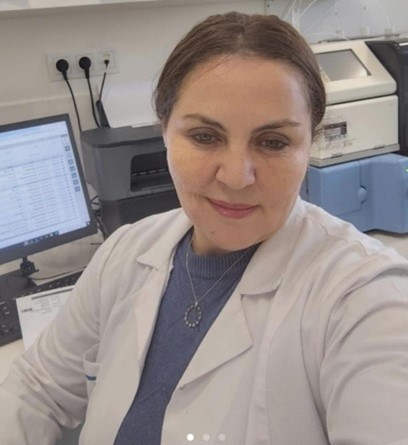Speakers - CARWC2025
El Aidouni Sanaa
- Designation: Departement of biology, Faculty of sciences, University ibn Tofail
- Country: Morocco
- Title: Role of the Skin Microbiota in Skin Aging: A Study of 100 Cases
Abstract
The skin microbiome contributes to skin health. Skin aging results from intrinsic and extrinsic factors that alter the structure and functions of the skin. Recent studies have revealed that the skin microbiota plays a crucial role in this process. The objective of our work is to identify skin microbiomes through key mechanisms based on classical bacteriology and consequently analyze the composition of the skin microbiota according to the degree of skin aging . Cross-sectional study including 100 participants divided by age group and balanced by sex. Skin samples were collected from sun-exposed and non-exposed areas. Microbiological analysis was performed using conventional bacteriology. Clinical data included age, skin phototype, clinical skin aging score, and environmental factors (sun, tobacco).
A total of 100 cases were collected. A decrease in bacterial diversity was observed with age, characterized by a reduction in protective commensal species (Cutibacterium acnes, Staphylococcus epidermidis) and an increase in potentially pro-inflammatory species. Participants with the highest skin aging scores had significantly reduced microbial diversity. Extrinsic factors, including sun exposure and smoking, were associated with marked alterations in the microbiota. Skin aging is accompanied by changes in the microbiota, with a loss of diversity and an imbalance of particular species. Modulating the microbiota could represent an innovative approach to preventing or treating skin aging by paving the way for cosmetic strategies targeting the microbiome, particularly through modulation of bacterial lipid synthesis pathways and restoration of microbial diversity.


